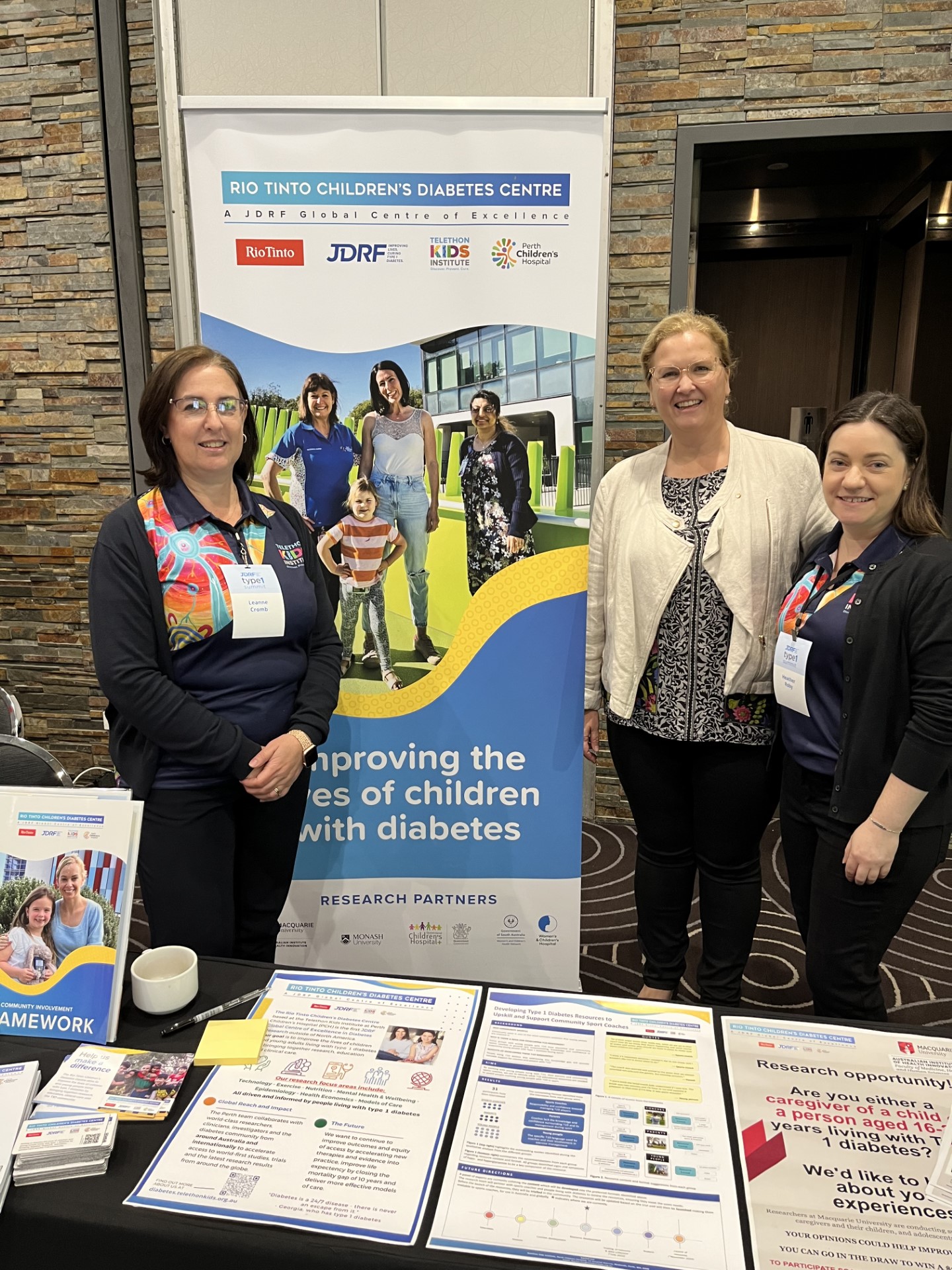Search
Read about the associate investigators of the Children's Diabetes Centre.
Many of the Centre's researchers have been responsible for discovering and contributing to real game-changers, making a difference to children with diabetes.

News & Events
Major funding to transform diabetes managementCongratulations to Professor Liz Davis and her team at the Rio Tinto Children's Diabetes Centre, who have received significant digital health grants through the Future Health Research and Innovation (FHRI) Fund.

News & Events
Honours/Masters scholarship - now openWe provide opportunities for integrated research and clinical projects and scholarships are granted on a competitive basis to outstanding candidates.

News & Events
WANdiab patient management system upgradeWe've updated our clinical diabetes patient management system to a new state-of-the art system that can access critical informtion in real-time during clinic.

News & Events
Exercise intervention to improve mental health outcomes - Part twoStudy: Developing an exercise intervention to improve mental health outcomes for adolescents with type 1 diabetes Participants needed for an online

News & Events
Congrats Dr Sabrina BinkowskiCongratulations to Dr Sabrina Binkowski from Rio Tinto Children's Diabetes Centre, who was awarded the ANZSPED research grant award of $20,000, at

News & Events
WA Government to support research providing early and equitable access to the best diabetes technology for all children newly diagnosed with type 1 diabetesResearchers from the Rio Tinto Children’s Diabetes Centre, a JDRF Global Centre of Excellence, have been awarded funding through the WA Child Research Fund (WACRF) to undertake research that aims to remove barriers and provide access to the most effective diabetes technologies for all children newly

News & Events
JDRF Type One SummitThe Rio Tinto Children's Diabetes Centre were invited to attend this year's JDRF Type One Summit in Sydney where the T1D community came together to "share knowledge and gain strength and inspiration from others in the T1D community - JDRF Australia"

News & Events
DiabHQ and the patient portalThe Rio Tinto Children’s Diabetes Centre has recently commenced an exciting new project to integrate diabetes data from many different sources so that it can be used more effectively to help people living with diabetes. The DiabHQ project will bring together data that is currently housed in many sep
